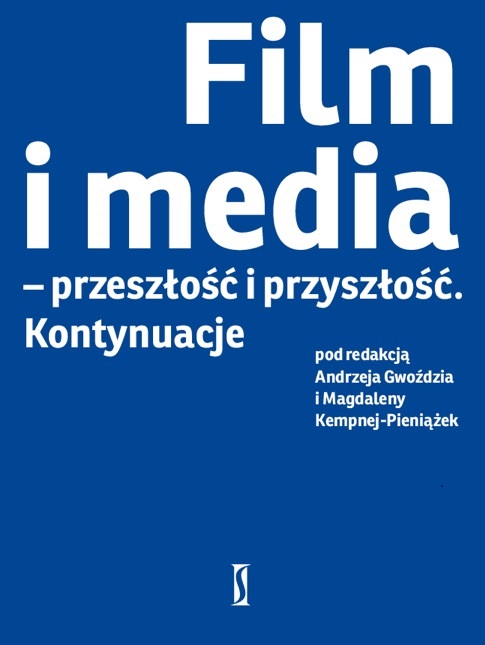
We kindly inform you that, as long as the subject affiliation of our 300.000+ articles is in progress, you might get unsufficient or no results on your third level or second level search. In this case, please broaden your search criteria.



The text discusses the basic tenets of media linguistics: a transdisciplinary sub-discipline, combining culturally oriented linguistics with media studies, whose aim is to analyse all media-motivated linguistic phenomena. The main theoretical foundations of media linguistics (apart from media studies and contemporary culture) are cognitive linguistics (such approach involves treating media as essential epistemological formations of reality) and critical discourse analysis.
More...
Anthropology suggests a particular type of reading and, therefore, it is always an anthropology of something. If it is to be an anthropology of classical and digital-wave audio-vision media, certain conditions must be fulfilled. The first step is choosing the module. In relation to this module communication will be understood and its field will be organised. Conversion is based on repetition and differentiation of cultural contents by means of accessible powers. When the point of reference is man, the recurrent elements are corporeality, tools and contents. Variables are regulated by conventions of particular cultures. The second step is defining the field of studies. In the Euro-Atlantic context it is an endotic field. Practicing communication with the use of numerous media makes the field familiar and transparent. Currently the field is comprised of: audiovisual images, 3D objects and their mutations, multi-sensual media events. The third step towards the anthropology of media is defining conditions for media forms to function in the role of reality. The precondition is space and its relations with the user. Recognising a visual form as space is fundamental for the establishment of the real. The anthropos module involves both reality and its classes: real, imaginary, fictions, abstractions, virtuality. Subsequent steps in media studies, when man is a point of reference, require taking account of the apparatus (media and cognitive). Such a reflection leads through cultures of context and cultures of a sociological group.
More...
Contemporary culture is saturated with images. The expansion of the visual and the growing importance of visual representations in all spheres of human activity are mirrored in humanistic reflection, giving rise to Visual Culture Studies whose nature is interdisciplinary, built, nonetheless, upon a wide anthropological base.As pointed out by, for instance, Hans Belting in the study of image anthropology allows for determining both the subject and method of research: images communicate a certain reality, and, at the same time, they provide a particular interpretation of the reality. Anthropology requires a hermeneutic approach whose important elements are both subjectivity and externality, the very act of seeing and the way it is understood. A hermeneutic interpretation of film works allows the recipients to understand themselves and their situation in the world within the context of image that carries meaning encapsulated by references. The hermeneutic approach in the studies on perception and understanding of cinematographic works enables creative analysis and significant interpretation of works of film art on an equal footing with genre cinema and digital cinema. In fact, image, which is significant for the interpreter, is at the root of all film productions, regardless of whether it is an analog or electronic image, being a reproduction of reality or a virtual one.
More...
The Polish Generation X characters came to existence in the period after 1989, when new media started to play a significant role in social reality and were also one of the most important indicators of Polish political and economic transformation. In the author's opinion, new media, such as video capture camera, exerted the most significant influence on the changing perception of reality among the young generation. In accordance with Marshall McLuhan’s popular statement: “the medium is the message”, we could say that video capture camera was not only a new medium but also a new way of reality perception. The consequence was a specific identity created by film characters. The main purpose of the article is to show the phenomenon of video capture camera in films of young Polish directors, such as Łukasz Barczyk, Mariusz Front, Iwona Siekierzyńska and Piotr Szczepański. The author reflects upon the way in which the characters – representatives of Polish generation X – use this medium and how it influences their identity.
More...
In her article Dagmara Rode describes feminist (new) media in Poland. She analyses several examples (such as websites, forums, newsletters, fan pages, blogs, virtual museums and on-line library projects) of different activities of both non-governmental organisations and informal groups in order to show how Polish feminist activists use (new) media to provide alternative sources of information, create and disseminate knowledge, offer space for debate and exchange of ideas, to mobilise people through media and write history of the Polish women's movement.
More...
Despite its relatively short history, crowdfunding has established itself as an alternative way of financing production of music, movies and computer games. The paper shows how crowdfunding can be analysed from the perspective of media studies. It is argued that crowdfunding can lead to building new types of relationships between creators and audiences. The paper suggests that concepts such as produsage, participatory culture and free labour may be particularly useful in the analyses of crowdfunding.
More...
Strategy called ‘crowdsourcing’ is based on the assumption, that people, who are usually reduced to passive recipients of culture, are able and willing to offer much more than that. The name literally means ‘receiving sources from the crowd’ and exists in many forms the most popular of which is crowdfunding: public request to a group of anonymous internauts for financial support for a given project. Nevertheless, the subject relates to many more aspects of creative work in such fields as film, music, commercials, photography or brand development. It takes the form of cloud labour, open innovation, distributed knowledge or crowd creativity in a wide sense, and rewards self-reliance, creativity and passion. Authors of such projects see sufficient effects of their work or receive financial support in faster and quicker way, and without needless bureaucracy or expenses, while ‘the crowd’ receives one more opportunity to express itself through a more or less charitable activity, sharing its passion or admiration for an artist via mass media channel. In the article the author reflects upon different forms in which crowdsourcing presents itself in various fields of audio-visual culture: music videos, documentaries or fictional films. He also studies its relations to concepts of collective intelligence, knowledge community or sharing culture.
More...

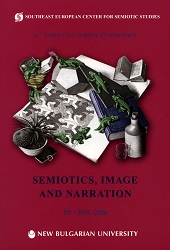
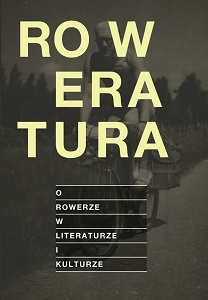
PL: Esej analizuje wybrane utwory literackie (m.in. Zaklęcie na „w” Michała Rusinka, Między nami dobrze jest Doroty Masłowskiej, Chleb rzucony umarłym Bogdana Wojdowskiego) i teatralne (spektakl Grzegorza Jarzyny na podstawie dramatu Masłowskiej i Niech sczezną artyści Tadeusza Kantora), poruszających temat dzieciństwa przypadającego na czasy wojny i Zagłady lub obarczonego piętnem powojennej postpamięci. We wszystkich omawianych tekstach i spektaklach symbolem tęsknoty za bezpowrotnie utraconym okresem beztroski, wolności i zabawy jest rower. Refleksji poddana została jego dwoista i paradoksalna natura: kojarzony zazwyczaj z sielankowym pędem życia, w zaskakujący sposób odsłania swoje posępne konotacje, a objawiając się w swej materialności, odsyła do tego, czego nie ma i co nigdy nie powróci. EN: The essay analyzes selected literary works (including Michał Rusinek’s Spell on W, Dorota Masłowska’s All is Right Between Us, Bogdan Wojdowski’s Bread Thrown to the Dead) and plays (Grzegorz Jarzyna’s performance of Masłowska’s drama and Tadeusz Kantor’s Let the Artists Die) dealing with the subject of childhood during times of war and the Holocaust, or of childhoods burdened with the post-memory of past wars. In all these texts and performances, the bicycle is a symbol of the longing for an irrevocably lost period of carefree freedom and joy. The article reflects upon the bicycle’s dual and paradoxical nature: although usually associated with a bucolic pace of life, it suddenly exposes its gloomy connotations, referring – through what it reveals in its materiality – to what is absent and what will never return.
More...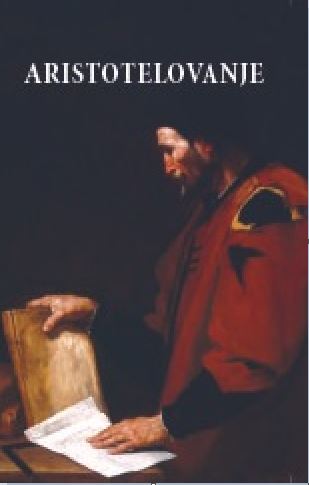
The paper discusses Plato’s and Aristotle’s conception of beauty and their relation to art, and especially Aristotle anticipation of modernist art and avantgarde poetics of the twentieth century, which is reflected in two fragments of „Poetics“ and „Physics“. Related to abstract art (which old Greeks did not know) citizen of Stagira and Athenian paradoxically replaced their usual positions of idealism and „realism“. In other words Aristotle can be linked with a certain idealistic tendencies, while in Plato, who argued for ideological art, we can discern radically „realistic“ tendencies.
More...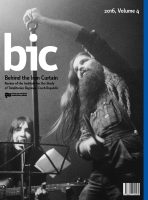
The terms “underground” and “under-the-ground” have not been clearly defined in Czech culture so far. Traditionally, “underground” comprises the community which emerged in the early 1970s around the rock band The Plastic People of the Universe. This community, which later became part of the Czech dissent and to a great extent merged with the community around Charter 77, was composed of poets, musicians, artists as well as philosophers, essayists and samizdat publishers of various focus and political orientation.
More...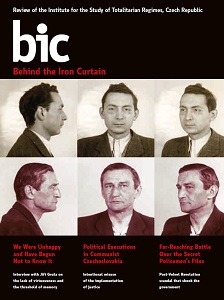
One of the most interesting bodies of the Czechoslovak Communist political police – the State Security Service (Státní bezpečnost – StB) – was the Surveillance Directorate and its predecessors. Its founding nucleus, numbering 14 men, came into being on March 1, 1948, shortly aft er the Communist putsch. From small, specialized State Security units within the Ministry of the Interior, an independent and comparatively well staff ed body – the Surveillance Directorate – developed, cooperating closely with other constituent parts of the political police. Until 1956, in addition to surveillance, this division had the authority to place people under arrest or carry out house searches.
More...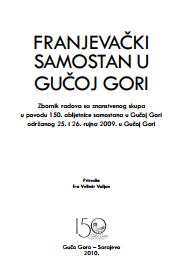
The Croatian country people from Jajce to Bila over the centuries wore the same national costumes, varying only in single tiny details in men and women’s dress. Traditional tunes have been preserved in singing by folklore clubs in this region and are types of older or recent polyphone praxis. Heterogeneousness and creativity are expressed in forming strophe-melodiousness and short and long song-sentence. The poetic text is mostly primary, but often the text is subordinated to the expression of the melody. In the article folk clubs in Lašva’s Valley are described as keeping vivid traditional folk memory: Paklarevo, Napredak Novi Travnik and Vitez, KUD “Žena” from Nova Bila, and the most famous ”Sloga” from Guča Gora, also renowned outside Bosnia and Herzegovina.
More...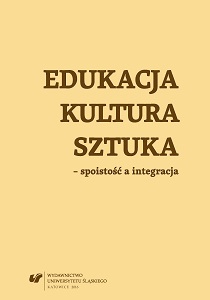

The article outlines the aesthetic and culturological context of the inception and functioning of the series “Anna Karenina. The History of Vronsky” (2017) by Karen Shakhnazarov. It describes the transformations of the original narrative model of L.N.Tolstoy’s novel and its relation to the structure of the parable (Gabdullina) and the parallel story structure (Nabokov). It also interprets the novel’s narrative assembly with the documentary prose of V. V. Veresaev as a model of presenting Russian history of the end of the XIX – early XX century.
More...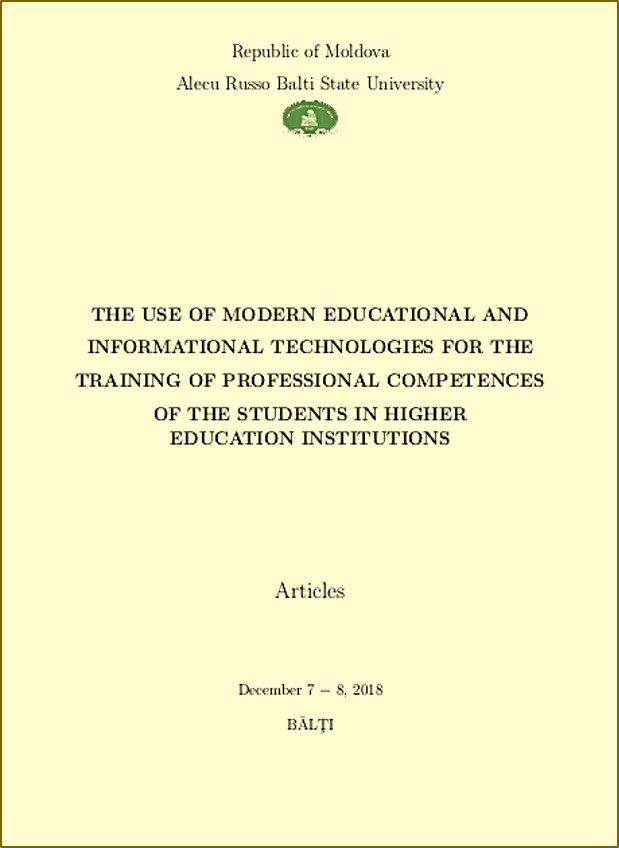
In connection with the transition from traditional education to the usage of new technologies in the context of the modernization of education, the need arose to revise the theory and methodology of professional training of future teachers. The significance of the artistic and creative training of future teachers is explained by the fact that in the condition of the development of vocational education, the modern requirements of society for the future teacher have changed, and the problems of teacher professionalization and individualization, the integration in its training, connecting theories with practice, are actualized.
More...